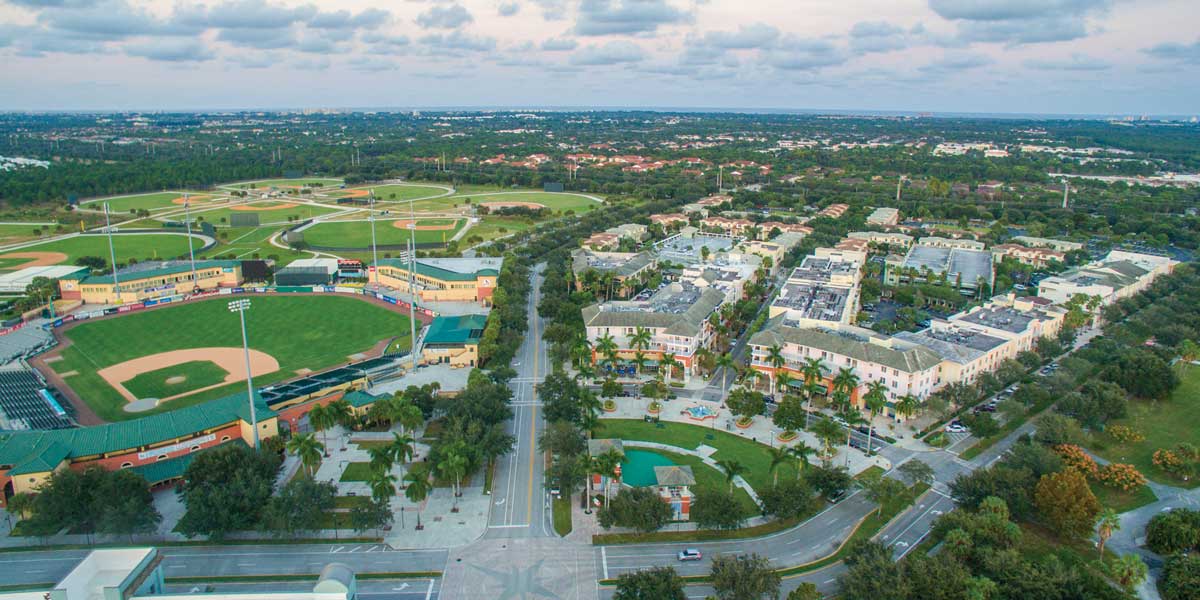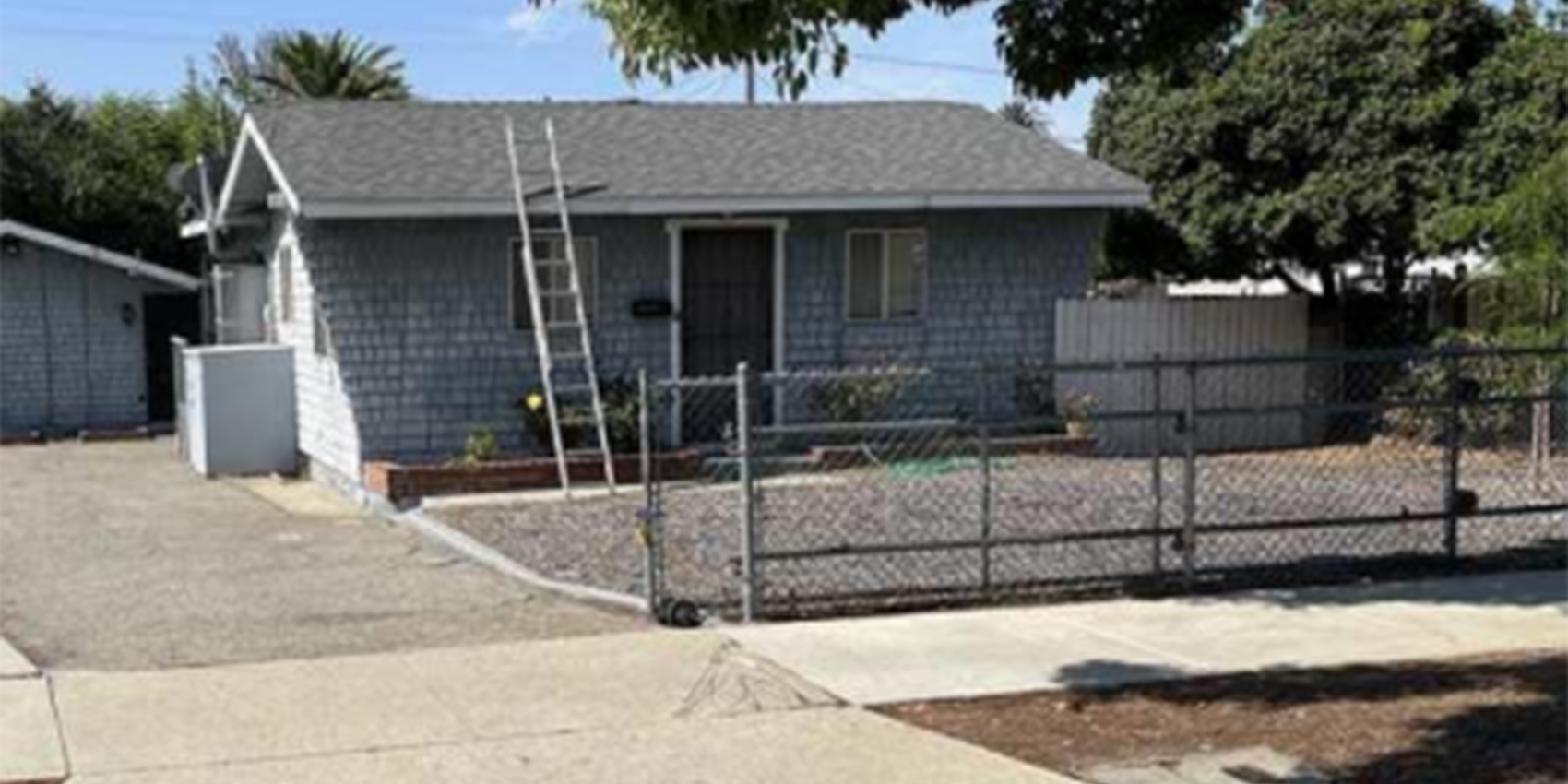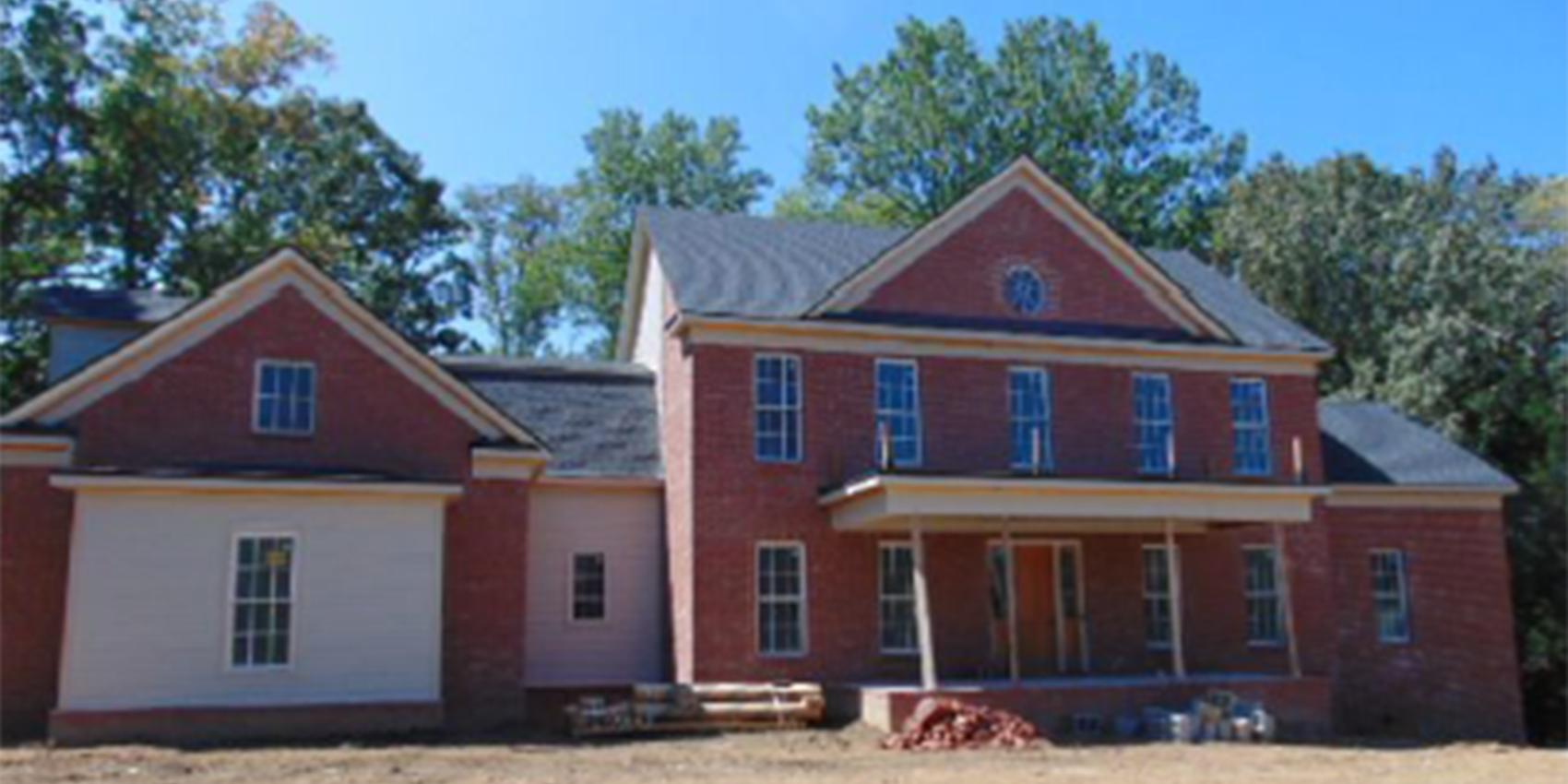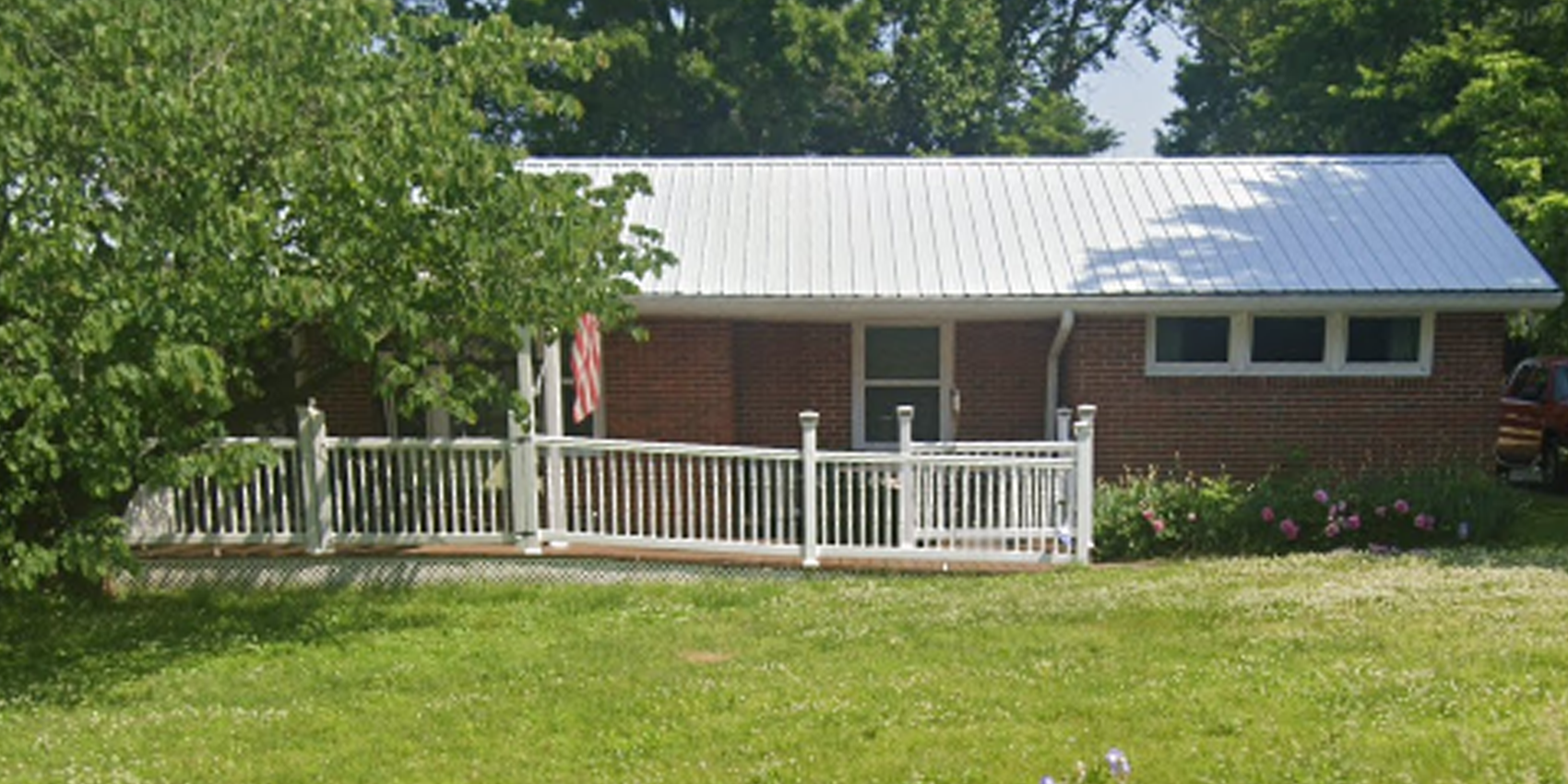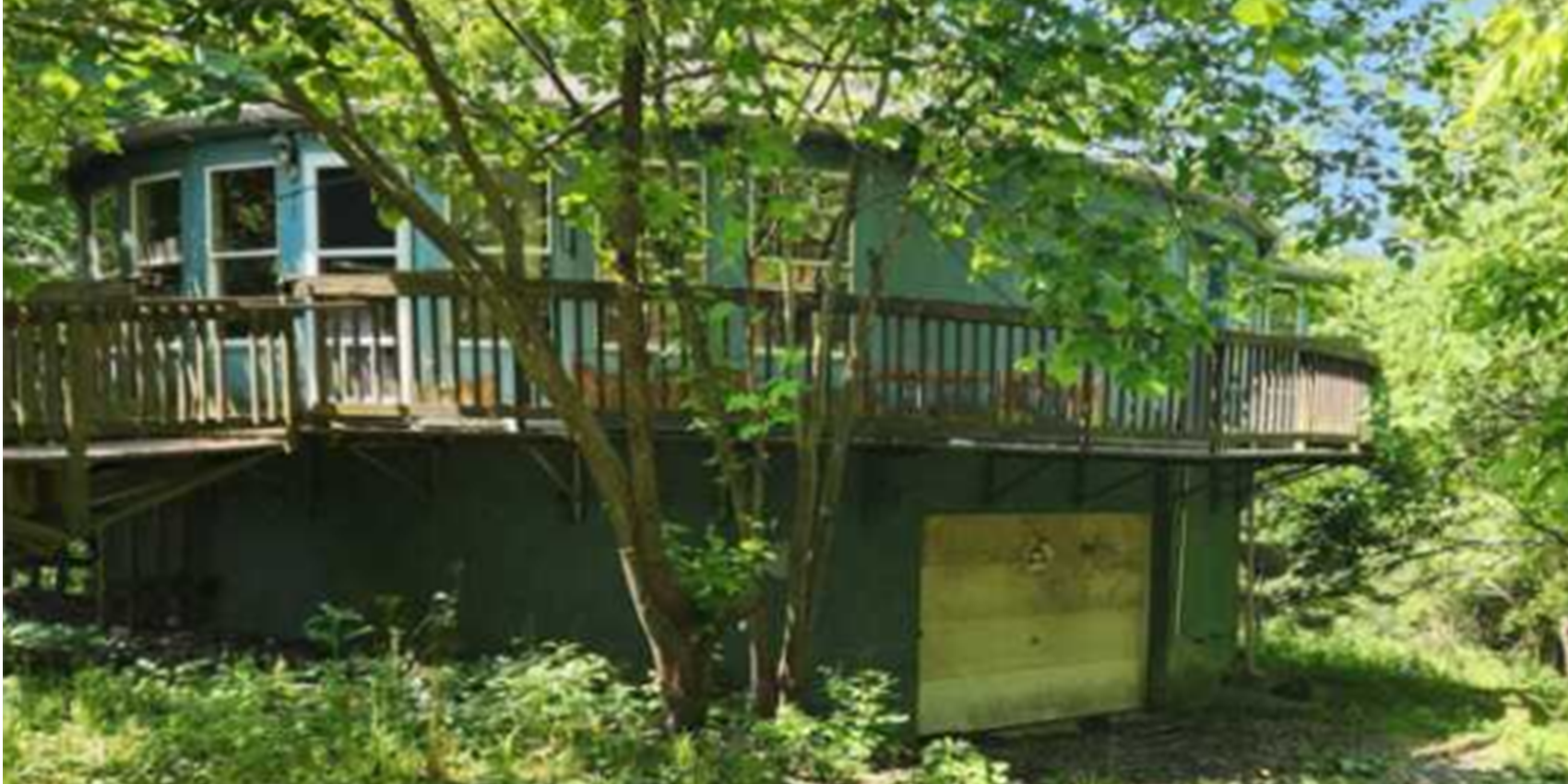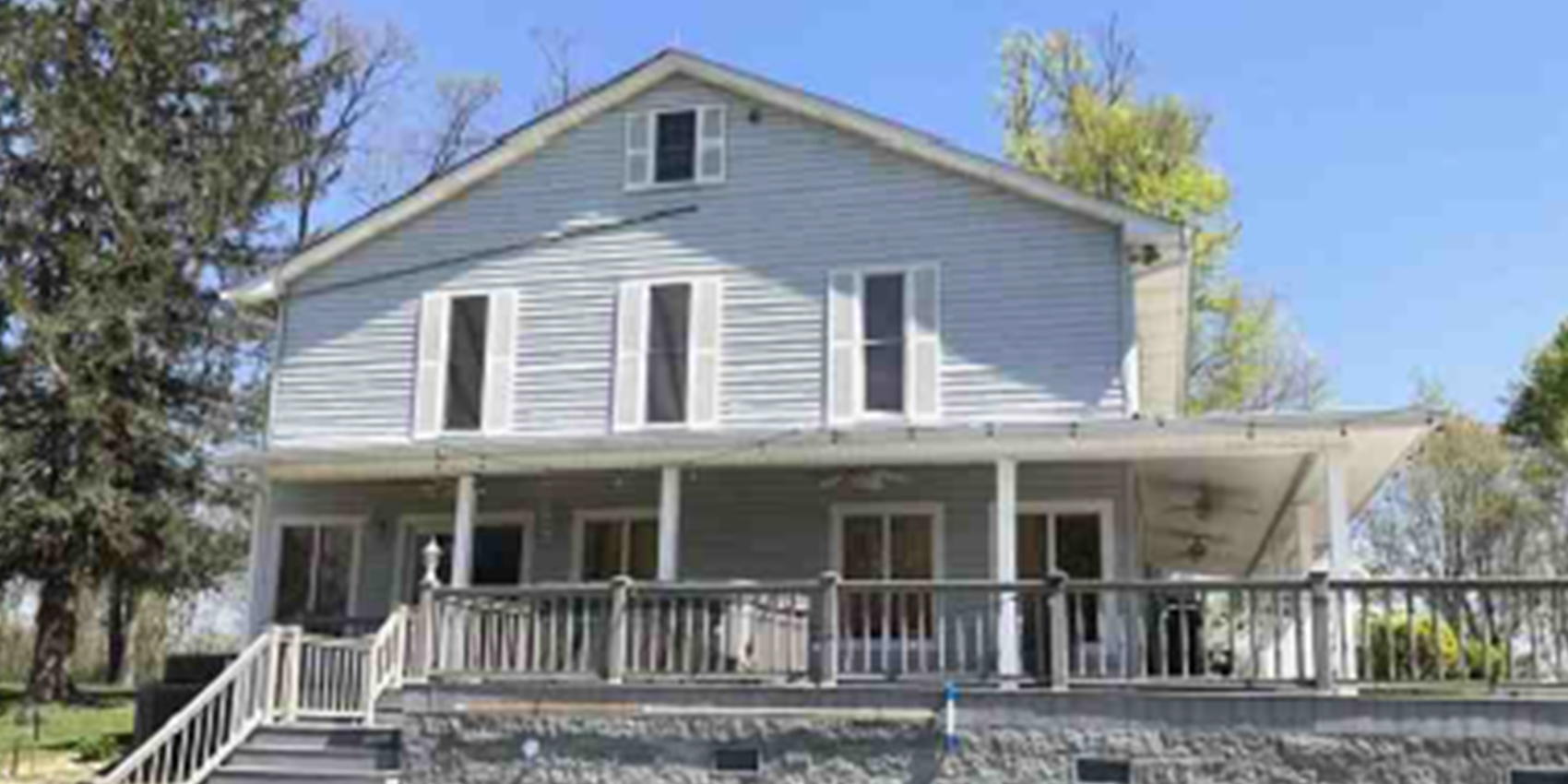Mr. Toad’s wild ride. Loved it as a kid, the twisting and sudden drops, the anticipation as the car chugged up a hill. We all knew for certain there was a big downhill on the other side. We were secretly scared, but a little thrilled all the same.
That’s great for youngsters, but not so great for investors who are watching the volatility in the stock market gather strength and get ready to drop us all into a recession. Most analysts believe that it’s just a matter of time. “How,” you might ask, “do I keep from bottoming-out this time around?”
With Dow futures dropping precipitously, US stocks ready to tumble, and bonds falling to record lows, an astute investor will be looking around for something a little more stable, a little more concrete, a little less volatile.
Here’s a thought: Commercial Real Estate. CRE, as an asset class, provides investors with a haven from the day-to-day twists and turns on the stock market roller coaster ride because it is dealing with hard assets that carry their own value. And while the forces that pushed the S&P down 6.2% in 2018 are still wreaking turmoil today, CRE is set to pick up and run for investors, if they know what to look for.
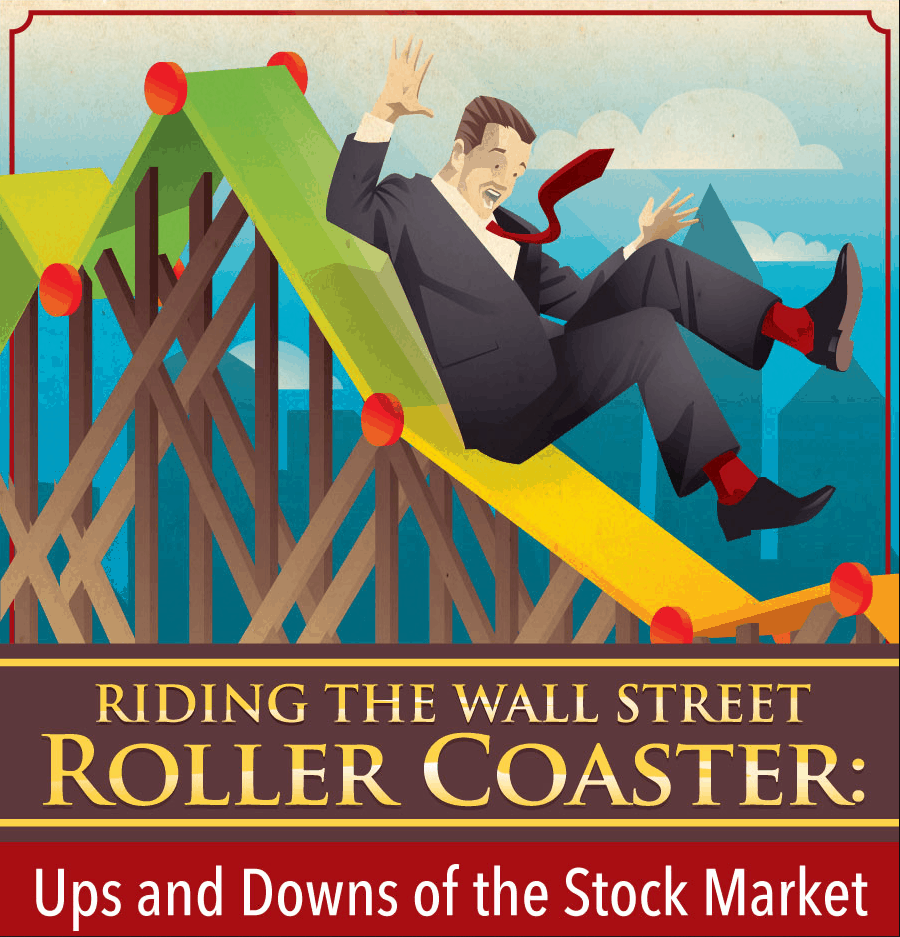
Photo by https://infographicworld.com/
Paradyme Investments has a unique outlook on commercial real estate investing and can be your safe haven in the world of investing. Where many fund managers accept almost any fund proposal, Paradyme looks for these markers before committing to any new project:
- Recession Resistant Assets
- Thorough Market Studies
- Joint Venture with the Sponsor
- Wealth Management
- Transparency to investors
We all know of someone—maybe even ourselves—who suffered through the last big recession in 2007/2008. It was brutal. People were losing their houses all over the place; whole neighborhoods were vacant. But guess what asset did just fine in that recession? Yep, apartments. As people lost their jobs, or went into foreclosure, they needed somewhere to live, so they looked for something less expensive than their house used to be, and knew that they’d be there for a little while because they had also lost their savings and home equity. They didn’t have the means to buy another house yet.
Here’s a tidbit not everyone realizes though: apartment buildings classified as “Class A,” those new buildings filled with top-paying tenants and realizing top-of-the-market rents also suffered as those people scrambled and moved out into Class B apartments. Those buildings were older and located—maybe—in a sadder part of town. But they were more economical and easier to get by on. When you’re paying close to 50% of your income on rent, those concepts are important.

So, when the next recession comes (and you know it will), where do you think you should have your investments? In the stock market (you know, the one that just took a nosedive)? Or in a carefully thought-out apartment building set to stand against the vagaries of the current economy? During the last recession, apartment rents remained viable much better than other property types.
People have to live somewhere (even the homeless have their favorite spots), and aging of millennials means that they are looking for a place to call their own, whether in an urban location, or suburban, or even rural. They, as a group, delayed marriage for a while, but now they are forming families and are wanting a good place to raise their children. And surprise! they are looking to the suburbs. Suburban housing then, and especially apartment buildings, will feel an increase in demand.
Here’s a kicker, though. Just because millennials are moving to the suburbs, doesn’t mean they want to leave the urban life behind. They want to be able to shop, eat out, visit friends, work, all within a short distance of their new homes.
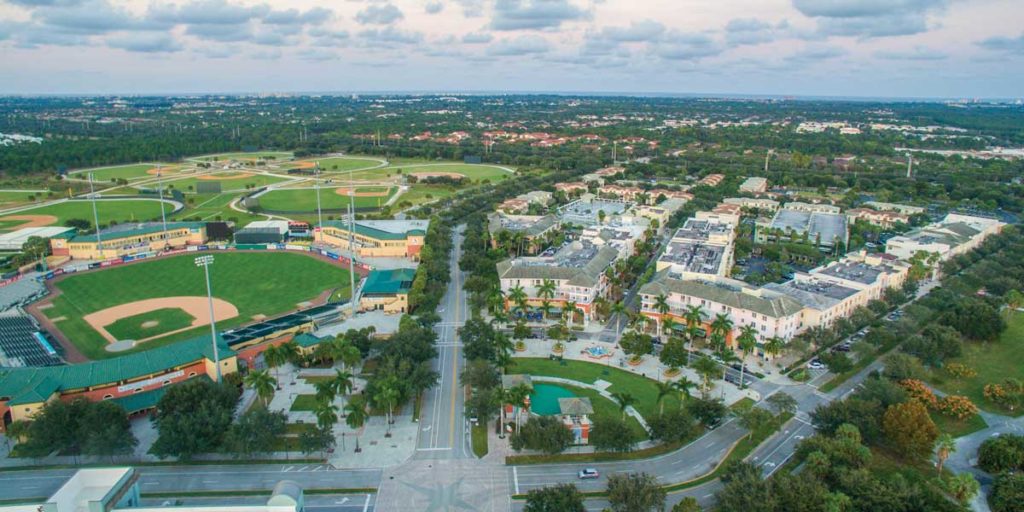
Abacoa Community in Jupiter, FL
This leads directly to the need for more suburban office buildings, tech centers, industrial and logistic properties and manufacturing, self-storage centers, medical office buildings—all of which are supported by a strong demographic outlook.
Because the trend is to move out of the rent-prohibitive city centers, a desirable focus should be in the secondary markets, those little towns and cities that surround the large metropolitan areas. According to Wallethub.com, the best cities for the 43 million family units that are renting, are smaller cities like Scottsdale, AZ; Overland Park, KS; Bismark, ND; Gilbert, AZ; and Lincoln, NE.
Many secondary markets are realizing rent-growth just as strong as, or even better than the big cities. For example, Phoenix’s rent is growing at a rate that is nearly double that of San Francisco’s. In places like Las Vegas and Atlanta, the average rent is climbing 3.2% per month. This staggering increase causes working-class renters to leave the urban areas and focus on secondary markets in an effort to find more affordable housing. Developers are watching them go and are following.
The demand for more office space, more medical facilities, more apartments, more senior housing, is all increasing in these secondary markets as the exodus continues, making investors in these types of CRE assets happier and happier!
In looking for a good investment, look for a knowledgeable fund manager to help you. At Paradyme, not only do we understand these trends, we look for emerging markets and then thoroughly analyze them so that your investments are as safe as is reasonably possible.
Next time we’ll explore marketing analysis and joint ventures. Let’s tame the crazy, schizophrenic ride called stock market investing with the cooling effects of commercial real estate. If you’re not sure how to do that, we’ll help!
